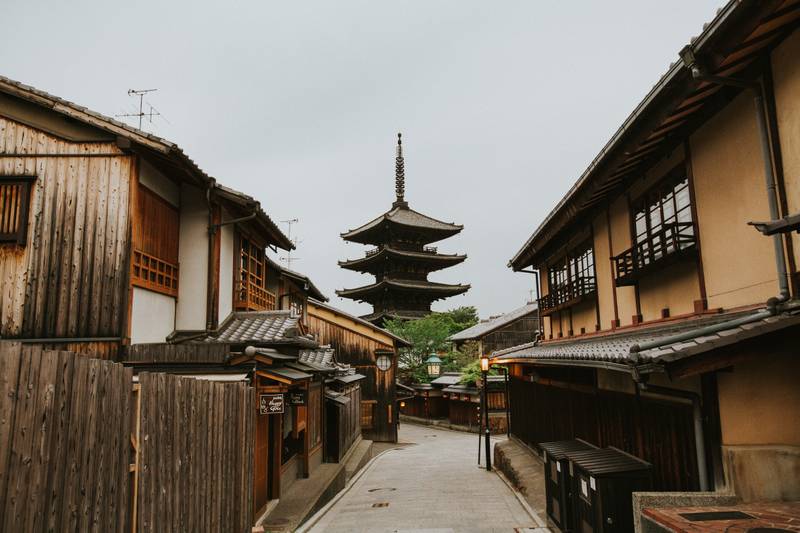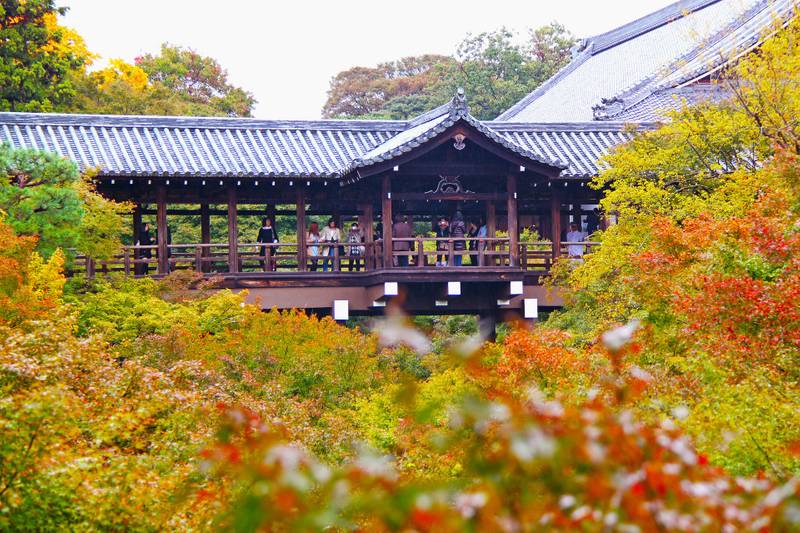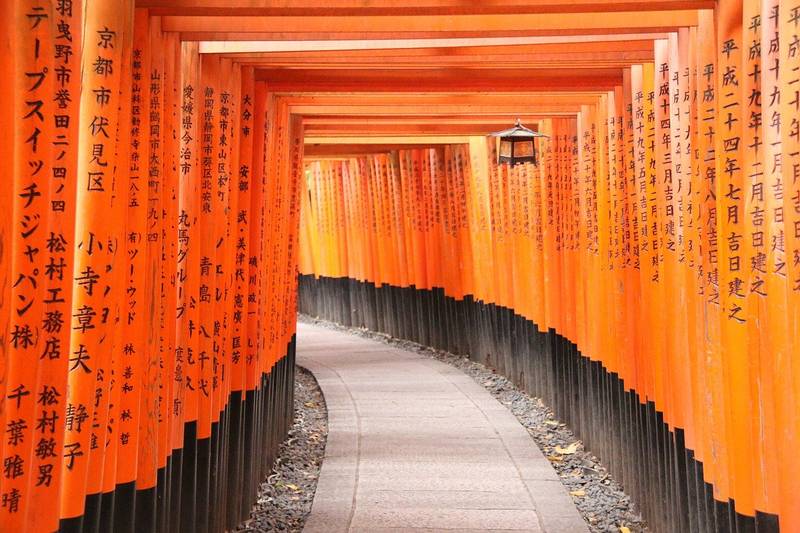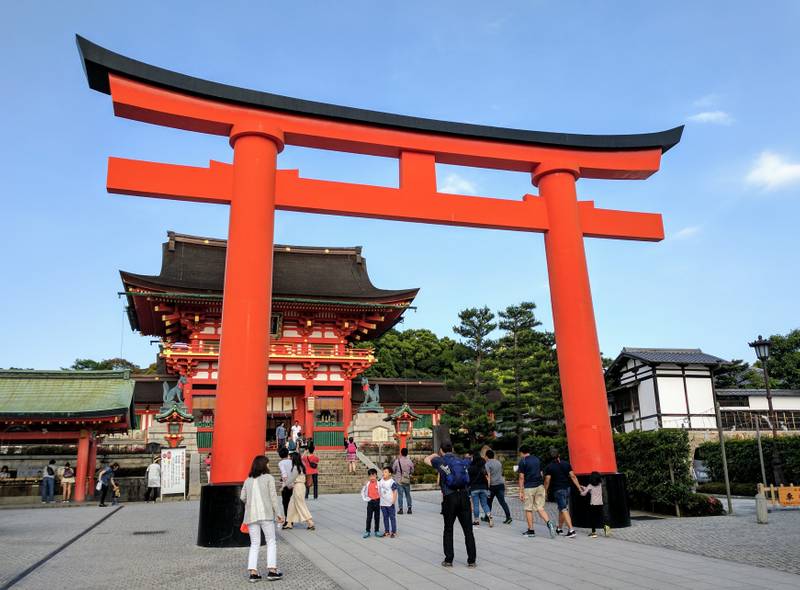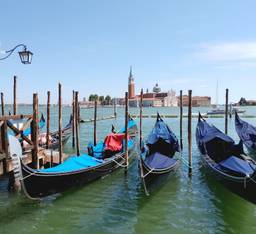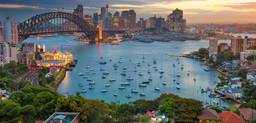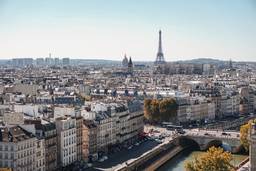How to spend 3 days in Kyoto
Travel Itinerary
Itinerary Contents
Itinerary Introduction
The ancient capital of Japan, Kyoto is filled with temples, shrines and winding streets just waiting to be explored. While it is mainly known for two of the most famous spots in Japan - the gold pavilion of Kinkakuji and the red torii gates of Fushimi Inari Taisha - there are incredible food markets, blossom-covered waterways and zen gardens to enjoy. The city has 17 UNESCO World Heritage sites and over 2000 temples and shrines, so choosing what to see can feel a little overwhelming. This three-day itinerary mixes some of the most popular places with their lesser-known neighbours to give you a deeper understanding of the culture, history and everyday life of Kyoto.Useful information about Kyoto
Getting around in Kyoto
Kyoto has some great options when it comes to transport, with an affordable bus loop, bike-rental and a metro and train network to boot. When you’re exploring the West side, the bus may suit best, and trains and metro stations are more practical for the East, with walking in-between. You can purchase a ¥500 one-day bus ticket at Kyoto station and the city has a flat-rate bus fare of ¥230, so the pass soon becomes worthwhile. There are a number of bike-rental options ranging from hostels and hotels to specialist companies, and the grid-like layout of the city means it is easy to explore on wheels.Kyoto - Travel Itinerary
Day 1
Gold leaf, Bamboo and Boats
Kinkakuji
| Category | Price | Restrictions |
|---|---|---|
| Standard | 400.00 JPY | |
| Kids | 300.00 JPY | Under 15 |
Getting there
Kinkakuji is best reached by bus, with a few direct routes from Kyoto station. There are clear signposts at the bus stops and guides to help - look out for numbers 101 and 205. The journey takes about 45 minutes and costs the flat-rate of 230 yen.
Travel time
0 hours 45 minutesRyoanji
| Category | Price | Restrictions |
|---|---|---|
| Standard | 499.99 JPY | |
| Kids | 300.00 JPY | Under 15 |
Getting there
Ryoanji is a short bus ride from Kinkakuji with bus stops beside both locations. The journey is covered on the 500 yen bus pass or costs the flat rate of 230 yen without one - alight at Ryoanji bus stop. If you are traveling directly from Kyoto station you can catch the number 50 bus to Ritsumeikan Daigaku-mae station which is a 5-7 minute walk from the temple. There is also the Ryoanji stop on the Keifuku Kitano railway line which is also a 5-7 minute walk away.
Travel time
0 hours 20 minutesTenryuji
| Category | Price | Restrictions |
|---|---|---|
| Standard | 500.00 JPY | Plus fee |
| Kids | 300.00 JPY | Under 15 Plus fee |
Getting there
If you are travelling from Ryoanji or Ninnaji, simply walk down to the nearest Randen station to catch the local tram to Katabiranotsuji Station and switch to the Arashiyama Line - it should take approximately 20 minutes and you’ll then be a five minute walk from the temple. If arriving from elsewhere, the temple is a 5-15 minute walk from the different train stations in Arashiyama, you can catch the Hankyu or Sagano Lines or take bus numbers 61, 72 or 83 from Kyoto.
Travel time
0 hours 30 minutesSagano Bamboo Forest and Nonomiya Shrine
Getting there
Sagano Bamboo Forest is right beside Tenryuji and Nonomiya Shrine is within the forest.
Travel time
0 hours 2 minutesTogetsukyo Bridge
Getting there
The bridge is in the heart of the town,and just a few minutes walk from the bamboo grove. If travelling from Kyoto station, it is best reached on the Sanin Line, which takes 15 minutes with a short walk to the bridge on arrival.
Travel time
0 hours 5 minutesDay 2
Markets and Mountains
Nijo Castle
| Category | Price | Restrictions |
|---|---|---|
| Standard | 620.00 JPY | Plus fee |
| Group | 520.00 JPY |
Getting there
The castle is 10 minutes from Kyoto Station on the Karasuma Line, alighting at Marutamachi Station.
Travel time
0 hours 10 minutesNishiki Market
Getting there
Nishiki Market is in central Kyoto, around a 20-minute walk from Nijo Castle. Alternatively you can catch the Karasuma line from Imadegawa or Marutamachi Stations to Shijo Station, which is a few minutes from the market. Nishiki is a twenty minute walk from Kyoto Station, with frequent buses to Shijo street and the Karasuma Line to Shijo Station.
Travel time
0 hours 20 minutesTofukuji
Getting there
Tofukuji is a short bus ride from Nishiki Market with numbers 208 and 5 among the options. Alternatively, you can catch the Nara Line from Kyoto Station to Tofukuji Station.
Travel time
0 hours 15 minutesFushimi Inari Taisha
Getting there
Walk 10 minutes to Tofukuji Station and catch the Nara Line to Inari Station - it takes around 10 minutes.
Travel time
0 hours 20 minutesDay 3
Strolling East
Ginkakuji
| Category | Price | Restrictions |
|---|---|---|
| Standard | 500.00 JPY | |
| Kids | 300.00 JPY | Under 15 |
Getting there
Ginkakuji is close to Ginkakuji Bus Stop and can be reached on bus numbers 5, 17, 32, 100, 102, 203 and 204. The nearest station, Mototanaka, is a 30 minute walk away.
Philosopher’s Path
Getting there
The path begins a few minutes away from Ginkakuji, and is accessible from the nearby bus stops served by numbers 5, 17, 32, 100, 102, 203 and 204 if heading north to south. If you’re traveling north, head to Nanzenji or Eikando Temples and start from there.
Travel time
0 hours 10 minutesHigashiyama
Getting there
Higashiyama can be found to the east of Kyoto, accessible from Kyoto Kawaramachi or Kiyomizu-Gojo subway stations on the Keihan Main Line or Higashiyama on the Tozai Subway line. If you’re arriving from the Philosopher’s path, simply head towards Yasaka Shrine or the Keage Incline and explore from there.
Travel time
0 hours 5 minutesKiyomizudera
| Category | Price | Restrictions |
|---|---|---|
| Standard | 400.00 JPY |
Getting there
Kiyomizudera is best walked to from the Higashiyama district, with signposts aplenty. The nearest train station is Kiyomizu-gojo which is about 15 minutes away and served by the Keihan Main Line. Buses 100 and 206 from Kyoto station will take you to Kiyomizu-michi stop which is a ten-minute walk from the temple entrance.
Travel time
0 hours 5 minutesAbout the author
I've been in Japan for five years and am lucky enough to be able to explore the islands, neighborhoods and mountains of the country for work. I particularly enjoy focusing on rural regeneration projects and still have plenty of places I want to visit.
Reviews
Login to write a review

